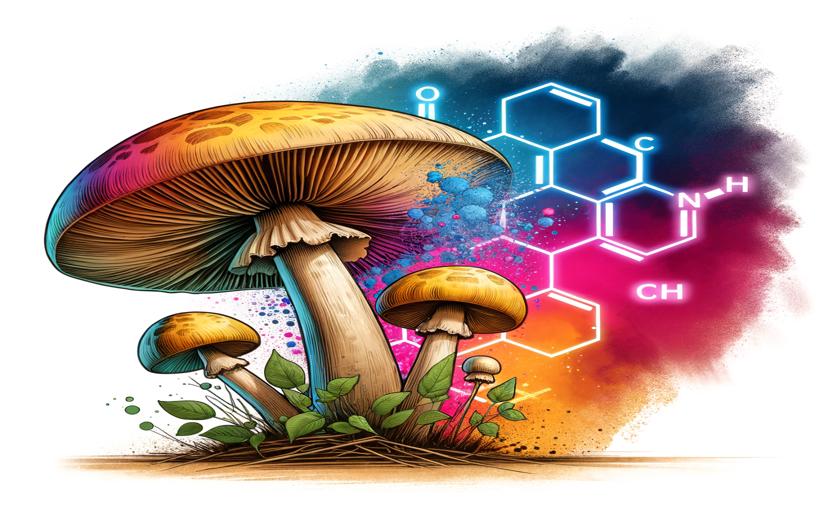
How a Type of Mushroom Breaks Down a Toxic Chemical
Greg Howard
29th April, 2024

Image Source: Natural Science News, 2024
Key Findings
- Researchers in Beijing found that white rot fungi can break down the toxic chemical TCE
- The fungus Trametes versicolor removed 81.10% of TCE in seven days
- The process is affected by pH and chromium levels, but not much by salinity
References
Main Study
1) Biodegradation of Trichloroethylene by Trametes versicolor and its Physiological Response to Contaminant Stress.
Published 27th April, 2024
https://doi.org/10.1007/s00128-024-03898-7
Related Studies
2) Degradation of polycyclic aromatic hydrocarbons by free and nanoclay-immobilized manganese peroxidase from Anthracophyllum discolor.
3) Can white-rot fungi be a real wastewater treatment alternative for organic micropollutants removal? A review.
4) Remediation of trichloroethene (TCE)-contaminated groundwater by persulfate oxidation: a field-scale study.
5) Biodegradation and detoxification of neonicotinoid insecticide thiamethoxam by white-rot fungus Phanerochaete chrysosporium.



 18th April, 2024 | Greg Howard
18th April, 2024 | Greg Howard